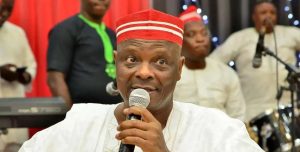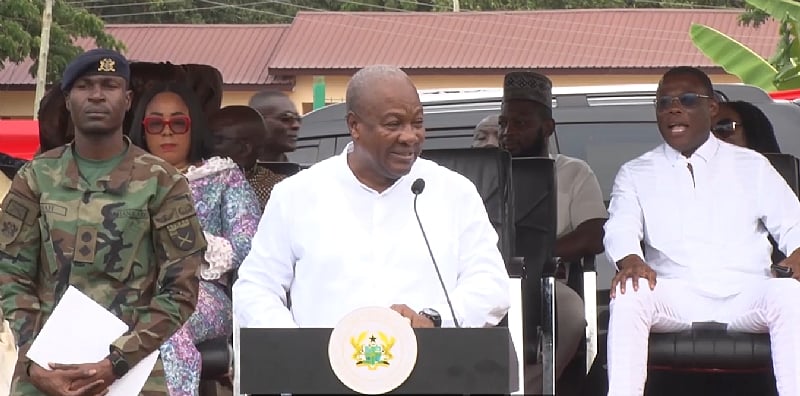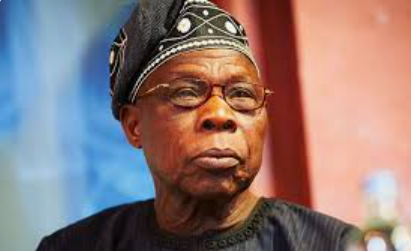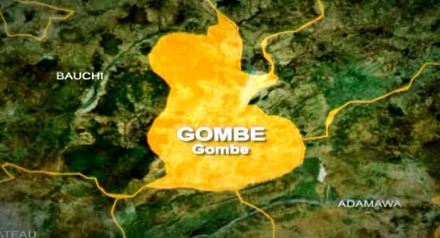The escalating urban challenges facing Accra, Ghana’s capital city, have prompted former President John Dramani Mahama to revive his call for the development of a new, strategically located city. He argues that Accra’s current infrastructure is buckling under the strain of rapid urbanization, resulting in crippling traffic congestion and a diminished quality of life for residents. This congestion not only impedes economic activity but also contributes to environmental degradation and social stress. Mahama believes a new city, designed with modern urban planning principles in mind, is essential to alleviate these pressures and ensure sustainable growth for the region. He envisions this new metropolis as a beacon of modernity and efficiency, offering a stark contrast to the overcrowded and often chaotic urban landscape of Accra.
Mahama’s proposal, first introduced in 2024, goes beyond simply building a new residential area. He advocates for the creation of a secondary administrative and commercial hub, effectively decentralizing power and economic activity from Accra. This would involve relocating select government ministries, departments, and agencies, as well as financial institutions, to the new city. This strategic relocation aims to redistribute the population density and create new economic opportunities outside the capital, fostering more balanced regional development. The proposed city isn’t merely intended as a satellite town but rather as a significant urban center in its own right, capable of driving growth and innovation.
The geographic location envisioned for this new urban center is crucial to its success. Mahama suggests a strategic area spanning parts of the Greater Accra, Eastern, and Volta regions, with proximity to the Volta Lake being a key consideration. This location offers several advantages. The Volta Lake provides a source of freshwater for domestic and industrial use, and its potential for hydropower generation could contribute to the city’s energy independence. Furthermore, the lake’s scenic beauty and recreational opportunities could be leveraged to develop a vibrant tourism sector, further diversifying the city’s economy. The intersection of these three regions also positions the new city as a potential transportation hub, facilitating trade and connectivity within Ghana.
Mahama’s vision for the new city extends beyond mere functionality. He envisions a green, digitally advanced metropolis designed for sustainable living and economic prosperity. This includes the incorporation of industrial parks to attract businesses and create employment opportunities, the development of a robust financial services sector to attract investment, and the creation of tourist attractions to capitalize on the region’s natural beauty and cultural heritage. The emphasis on a 24-hour economy underscores the intention to create a dynamic and vibrant urban environment, maximizing productivity and fostering a sense of community. This forward-looking approach aims to position the new city as a model for sustainable urban development in Africa.
The concept of a green city is central to Mahama’s proposal. This implies a commitment to environmentally friendly practices throughout the city’s design and operation. This could involve incorporating renewable energy sources, implementing efficient waste management systems, promoting green building standards, and creating ample green spaces within the urban fabric. The aim is not only to minimize the city’s environmental footprint but also to enhance the quality of life for residents by providing access to clean air, water, and recreational areas. This focus on sustainability aligns with global trends in urban planning and reflects a growing awareness of the importance of environmentally conscious development.
The digital aspect of Mahama’s vision is equally crucial. He envisions a city equipped with state-of-the-art digital infrastructure, enabling efficient communication, data management, and service delivery. This could involve the deployment of smart city technologies, such as intelligent transportation systems, advanced security networks, and integrated data platforms, to optimize urban operations and improve citizen engagement. This emphasis on digital technology reflects the growing importance of data and connectivity in modern urban environments and aims to position the new city as a hub for innovation and technological advancement. By integrating sustainability and digital technology, Mahama’s proposal aims to create a truly modern and future-proof urban center, capable of attracting investment, fostering economic growth, and providing a high quality of life for its residents.














